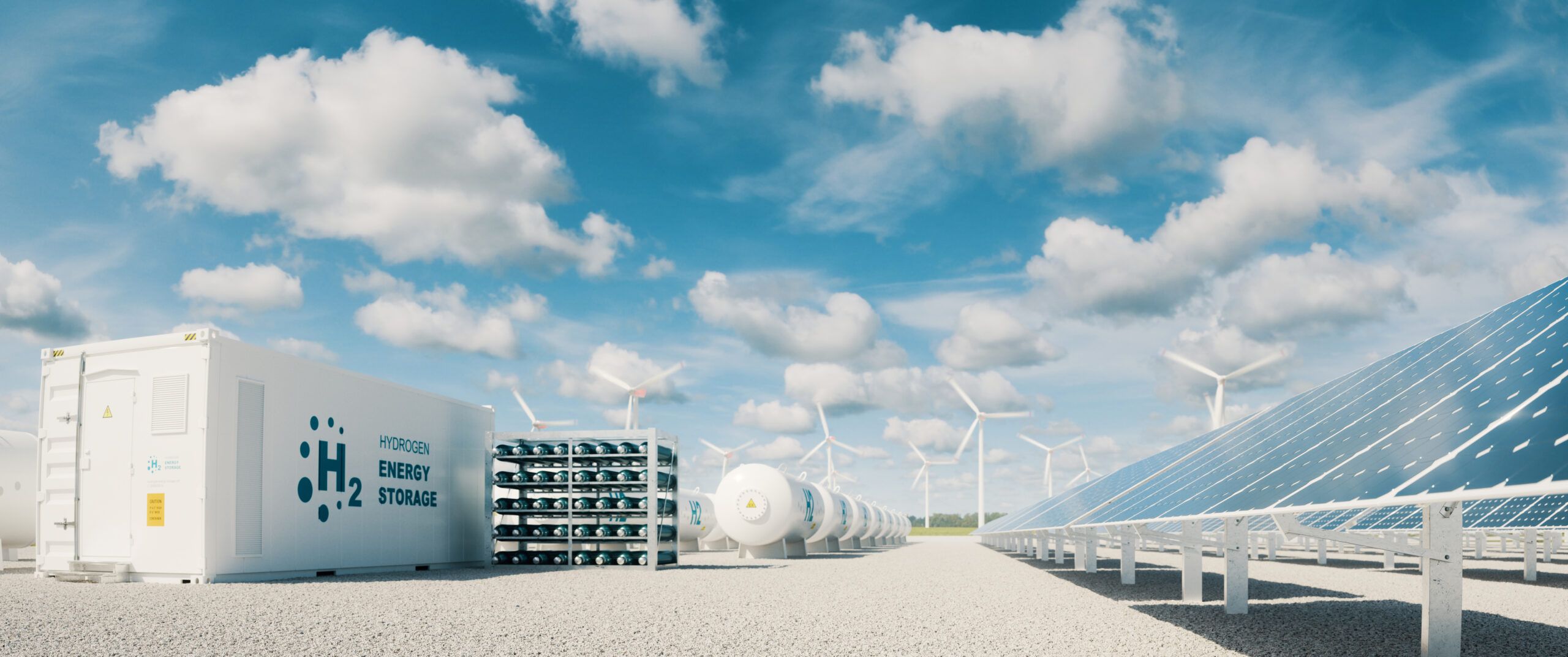While there has been rapid growth in net-zero commitments, the concept of a just transition has received less focus, while becoming increasingly important.
A ‘just’ transition is one that ensures energy transition is fair and inclusive, supporting the countries, regions, industries, communities, workers, or consumers who stand to lose economically and supporting ‘brown’ sectors to become green.
The reality is, this cannot happen without innovation and collaboration. To achieve this, governments and industries must hit targets over the next few decades– targets that could have a domino effect with massive consequences if missed.
It all means financial firms need to consider their exposures to climate risks across a longer-term time frame.
With this in mind, Guernsey Finance recently produced a report with Baringa Partners looking at how a just transition can be supported. As part of this, we looked at how the world might evolve in a net-zero scenario across the 2020s, 2030s and 2040s, as well as key potential challenges and possible solutions.
Let’s take a look…

The 2020s
Opportunities –
The key technologies are already available. However, mainstream capital must focus on the rapid scale up of renewable energy while more risk/innovation focused investors can invest in the burgeoning cleantech sector.
Challenges –
- Global price inflation is driving global economic instability and the affordability crisis.
- Political upheaval relating to economic challenges is hitting net-zero commitments.
- Capital investment is required to improve infrastructure and increase renewable capacity.
- Secure and robust energy supply chains must be established in emerging markets.
- Financial risks around the ‘green bubble’ due to rapid growth in investor demand.
Solutions –
Governments
- Develop new public/private partnerships and blended finance models to address funding gaps in renewables and emerging markets.
- Remove fossil fuel subsidies.
- Harmonise ESG risk management and disclosures regulation to improve consistency.
Investors
- Collaborate with governments and central banks to promote risk-sharing.
- Work with regulators and industry associations to develop common ESG standards.
- Integrate holistic ESG and net-zero principles into investment objectives.

The 2030s
Opportunities –
Developed markets should see the electrification of heavy transport, the development of low-carbon fuels, the roll-out of smart cities, and scaled up investment into carbon capture and green hydrogen. Emerging market renewable infrastructure roll outs will continue, the decommissioning of fossil plants will begin. Sustainable urban infrastructure and transport network upgrades and electrification will also be underway.
Challenges –
- 71 million jobs are estimated to be at risk as society transitions to new models.
- The mining of natural resources required for electrification will be a challenge as availability falls.
- Health issues around urbanisation and air pollution will also be felt.
Solutions –
Governments
- Improve standardisation of emissions and carbon market regulation.
- Enhance natural capital disclosures and accounting standards.
- Develop shared benefits models around local infrastructure changes in emerging markets.
Investors
- Scale-up provision of funds with just transition objectives and an emerging market focus.
- Drive innovation through private equity/venture capital funding into green tech solutions and new circular business models to combat the waste.

The 2040s
Opportunities –
Critical regulatory, social and energy price conditions in the wider environment will need to be in place before the technologies required are viable and scalable. Innovation will be needed to neutralise residual emissions and investment into clean hydrogen and CCUS will increase. In emerging markets, renewables are likely to achieve mass market saturation and continued sustainable urban development will support growth.
Challenges –
- Potential acceleration of stranded asset risk as historic infrastructure is decommissioned.
- Job losses could lead to political/civil unrest in markets without developed supply chains.
- Population growth could place added pressures on agriculture and land use change.
- Challenges could emerge in meeting global energy demand with intermittent renewables if storage solutions and alternative energy sources are not successful.
Solutions –
Governments
- Develop infrastructure renewal programmes in emerging markets to utilise remaining decommissioned fossil fuel assets.
- Co-ordinate global policy to combat international resource scarcity challenges
- Encourage equitable access to food, water and natural resources.
Investors
- Fund managers scale-up biodiversity and natural capital funds.
- Drive innovation through private equity/venture capital funding in nature-based solutions
- Focus of impact investing and philanthropic funds moves to just and equitable access to natural resources, clean water, sanitation and food.
Precise predictions of the future are impossible. However, the narratives outlined illustrate a macro view of how the world evolves in a net-zero scenario and some of the key risks to consider in longer-term strategy development and risk management.
Indeed, many regulators require financial firms to consider their climate risk exposure across this time frame. Furthermore, they build on the net-zero literature to consider a wider range of environmental, social and governance considerations necessary to realise a successful and ‘just transition’ to tackle the growing pressure of climate change.
Stephanie Glover is head of sustainable finance at Guernsey Finance
